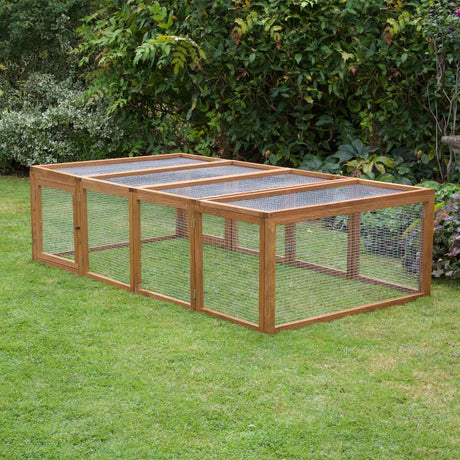You can start to feed garden birds at any time of the year. It is easy to create a feeding station in your back garden, whether using a tree to hang bird feeders or, making or purchasing a bird table. There are many options available.
When to feed garden birds
Thoughts often turn to the perils facing garden birds during the cold winter months, but birds benefit from food supplies all year round. In the cold winter months, the struggle for survival is obviously heightened when the temperature drops. Birds use up fat reserves easily. Regular food at these times enables them to stay healthy.
A readily available food source during the spring and summer months is equally important but for different reasons. If you start to feed the birds, it is important to continue as they will soon become dependent on this new food source.
Refill food supplies each morning and top up later in the afternoon if there has been a great deal of feeding activity. You may find that the birds become increasingly used to your presence which can add to the delight of feeding them.
What to feed garden birds
Before rushing to buy your supplies, consider the birds that most commonly visit your garden. This will indicate the best foods to start with. There is no need to overstock. Buy enough food to last for a month or two at the most. It takes a while for birds to trust any new food sources, so small amounts are best initially. Increase as and when needed.
The type of birds visiting regularly will depend on where you live. If you have a home in the countryside, you will have a different variety of birds coming to your garden than might be seen in a town environment. However, with regular feeding, you may spot some unexpected visitors to your garden.

There are many different types of food available:
- Seed mixes - there are different blends available which are designed to attract a wide array of birds.
- Straight seeds - contain peanuts, red and white millet and black sunflower seeds.
- Suet- these are readily available as fat balls or blocks
- Live food - mealworms are a helpful source of protein
- Husk-free seeds - these mixes are useful for a variety of birds. They do not need to crack open the husks saving them valuable energy. Some seed mixes contain suet pellets or dried mealworms.

If you opt for millet or other small seed mixes, this is likely to suit finches, dunnocks, house sparrows and collared doves. Blackbirds are very partial to flaked maize while greenfinches and tits enjoy sunflower seeds and peanuts. Whole peanuts can be used in the winter months but avoid in the spring.
In the cold months, you can add a little lard or beef suet to the bird table but avoid other fats as these are not suitable for birds. Live food in the form of mealworms is always a welcome addition to any bird table. Insect-eating birds including robins, pied wagtails and blue tits will soon fly in to take advantage of this tasty protein treat.
Mealworms must be fresh. If you are giving live mealworms for food, you may find some that have already died or, are discoloured, do not add these to the bird table. The RSPB warns that it can lead to salmonella poisoning. Mealworms should be considered a treat rather than a daily supply.
Dried mealworms are available, but they may not be as popular at first. If using, add to the table when there is a great deal of bird activity. You can also provide ready-made fat balls or blocks containing dried insects, and these can attract wrens and birds such as treecreepers into the garden.
Another favourite is half a coconut with the fresh coconut still inside. Eradicate any coconut water residue as this only encourages mildew. Hang from a tree branch or feeding station.








